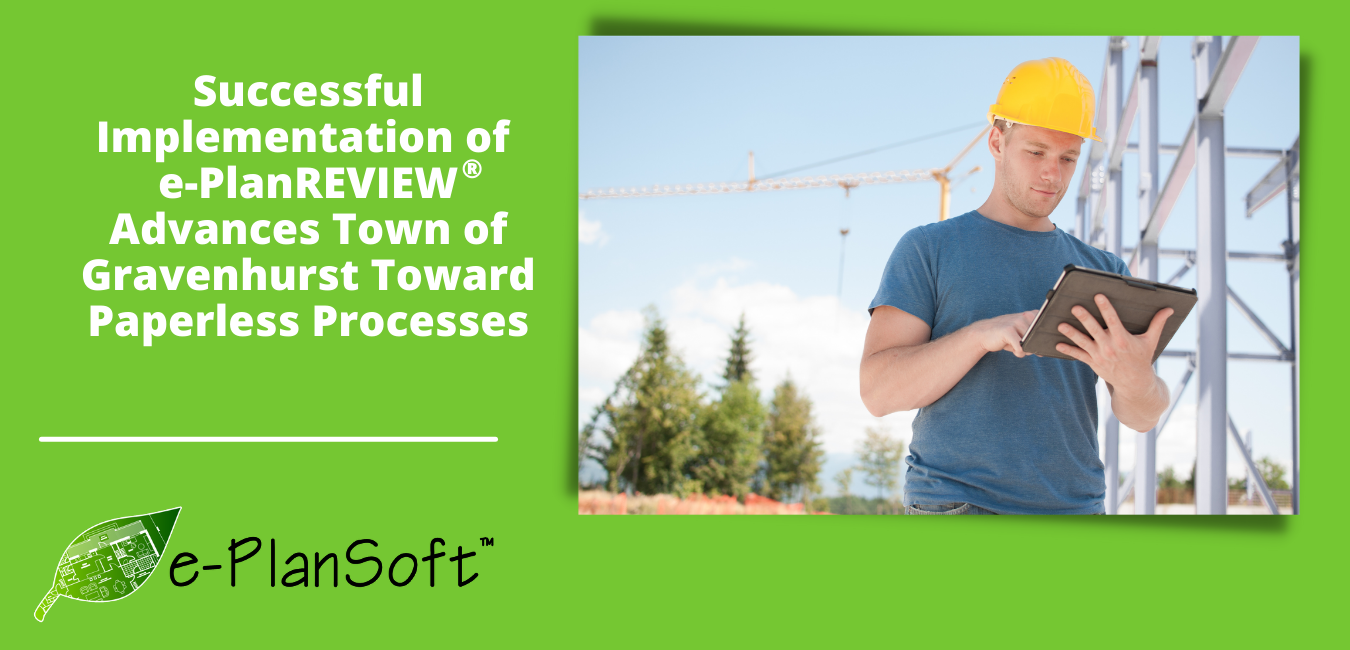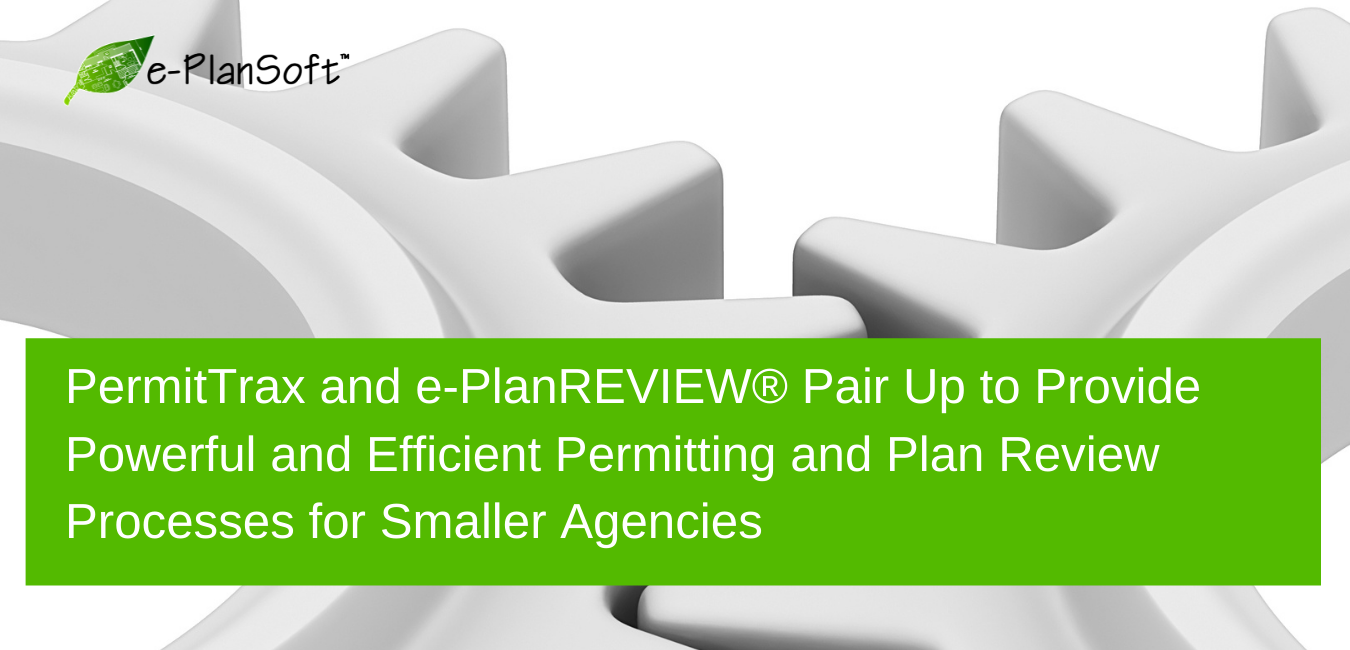3 Reasons Agencies Shouldn’t Tie Their Digital Plan Review Future to a Single Permitting Platform
As agencies modernize their digital plan review workflows, they’re aiming for faster turnaround times, higher transparency, and a more predictable...

Explore our 2024 comparative review, your ultimate guide through the top-tier plan review solutions.
3 min read
 e-PlanSoft™ Team
Mar 16, 2023 8:00:00 AM
e-PlanSoft™ Team
Mar 16, 2023 8:00:00 AM

You know that building codes save lives, and by extension, so do plan reviews, by enforcing those codes. With specific reasons and justifications behind each, the myriad of building codes can be daunting to manage and keep track of, especially when different conditions and environments translate to different requirements for safety. In this article, we’ll explore building and construction projects in floodplains and flood zones, and how the flood zones affect projects.
By definition, a floodplain is an area at a higher risk of flooding from a nearby body of water, such as a river, stream, or tributary. There isn’t one single configuration for floodplains. They can be any size, from small to very large, frequently flat, and may have somewhat steeper sides. What you can expect is that eventually, the area will experience flooding. In a 100-year flood plain, there is a 1% chance of flooding in any given year. That’s not a get-out-of-jail-free card for the next 99 years if an area floods one year. The risk is consistently the same, so an area could feasibly flood in consecutive years, depending on the body of water, weather, and other conditions. Likewise, in a 500-year flood plain, there is a one-fifth of one percent chance of flooding in any given year.
FEMA develops and maintains maps for the entire nation identifying designated flood zones and floodplains based on the historical rainfall average. The maps are updated at regular intervals, approximately every 15 to 20 years, to provide current and the most accurate expectations for flooding in a floodplain.
Where there is a designated floodplain area, structures and construction projects require a special floodplain permit, and the criteria to be approved for the permit considers the risks associated with the area. Although FEMA has set out some minimum standards, the more prudent approach is to adopt even higher standards as a proactive measure to protect properties and residents.
Now let’s consider what that means for building and construction projects in a floodplain area. Will the structure at some point be partially submerged? What about the ground beneath the foundation? And can the ground be raised to prevent issues? Generally, buildings and structures must be planned such that the lowest living or inhabited area – not counting parking and garages – must be at least one foot above the floodplain’s base flood elevation. The strategy allows for the safety of occupants and facilitates the insurability of a property.
With additional building codes, standards, and risk factors that apply to floodplain construction project reviews, the plan review process can’t be treated identically to other plan reviews. From ensuring that the plans are assigned to the right personnel, to knowing the terms that are specific to floodplain zones and understanding and regularly accessing the codes and comments that apply in these reviews, it can be daunting and time-consuming to continually access applicable references. The advent of cloud-based plan review solutions has delivered tools that can reduce both the time needed to review and the chance of errors.
e-PlanREVIEW® (EPR) from e-PlanSoft™ provides the features and tools that serve reviewers well – even in flood plain zones. Starting with intake, EPR’s workflows can be configured to automatically route incoming plans to the reviewers who are designated to handle construction projects in flood plain zones, saving days in the process.
Adding to its ability to save time in the process, EPR’s flexible viewing options include an overlay feature that allows reviewers to insert a FEMA flood plain map beneath the plan for the permitted project. It gives an easy view of the project to determine if any or all of it is within the designated flooding area and the elevations, which also helps reviewers identify areas that could be problematic.
EPR also includes a standard comments library that allows the reviewing organization can populate with its own most used comments, codes, and terminology. And with the quick search feature, EPR prompts suggestions with the first few keystrokes. It saves significant time, and more important, it dramatically reduces the chance of errors in your plan review comments and codes.
e-PlanREVIEW was built to dramatically increase your efficiency in the plan review process by providing a streamlined workflow and clean interface that gives you virtually all of the tools and features you need, without bogging you down with those that you don’t. e-PlanREVIEW’s flexibility is unrivaled and can be configured to meet the requirements of your agency, even with special considerations, such as flood plain zone construction permitting. e-PlanREVIEW customers have reported up to 50% time savings in their typical plan review projects. That’s because this best-in-class solution was built with the intention to make your projects run effectively and efficiently.
Want to see how e-PlanREVIEW can improve the plan reviews for your agency?

As agencies modernize their digital plan review workflows, they’re aiming for faster turnaround times, higher transparency, and a more predictable...

Across government agencies, one theme keeps coming up: staff need to do more with less. Reviewers are juggling high volumes of complex plan sets...

Remote work has become a normal part of life for building and planning departments. Whether during office closures, holidays, or hybrid schedules,...

FOR IMMEDIATE RELEASE

FOR IMMEDIATE RELEASE

It can be a challenge for public agencies to find the right solution for their needs. The challenge increases as the criteria increases and such are...